fish farming - missing the boat?
digit
16 years ago
Related Stories

GARDENING AND LANDSCAPINGHow to Make a Pond
You can make an outdoor fish paradise of your own, for less than you might think. But you'll need this expert design wisdom
Full Story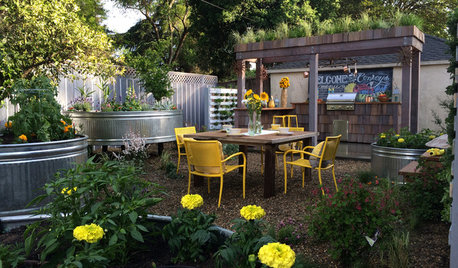
FARM YOUR YARDRemake Your Backyard Into a Mini Farm
You can get a taste of country life by line-drying your laundry, growing some produce or going whole hog with the critters
Full Story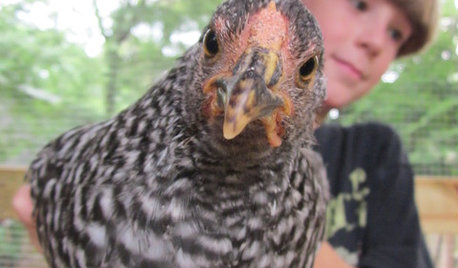
FARM YOUR YARD4 Farm-Fresh Chicken Coops in Urban Backyards
These Atlanta henhouses are worth crowing about for their charming, practical designs
Full Story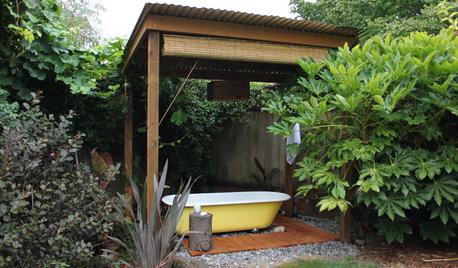
GARDENING AND LANDSCAPINGWhy Is There a Bathtub in the Backyard?
Nope, it's not waiting for bulk trash pickup. These days outdoor tubs are serving soakers, beer drinkers and even the fishes
Full Story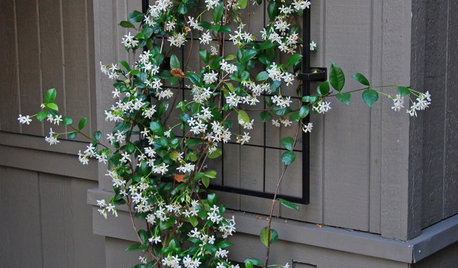
FEEL-GOOD HOMESimple Pleasures: Scent and Memory
Fragrant jasmine, fresh-brewed coffee, baking bread. Scents can evoke memories and bring sensory pleasure to our homes
Full Story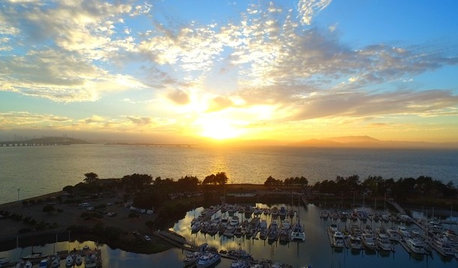
HOUZZ TVHouzz TV: Goodbye, Skyrocketing Rents; Hello, Waterfront Living
Tired of the congestion and high costs of San Francisco, this young techie bought a boat on the bay. See how she makes it her home
Full Story
FARM YOUR YARDHow to Build a Raised Bed for Your Veggies and Plants
Whether you’re farming your parking strip or beautifying your backyard, a planting box you make yourself can come in mighty handy
Full Story
MOST POPULARHouzz TV: Fred MacMurray’s Enduring Farmhouse Retreat
One of the most beloved actors of the 20th century traded fame for farm implements on this California ranch. His daughter shows us around
Full Story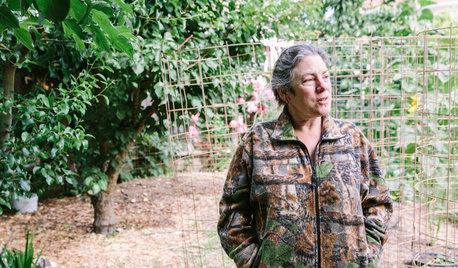
FARM YOUR YARDTo Get the Food They Believe In, These Urbanites Grow Their Own
Home gardeners farming on their city lots find that local, organic food isn’t the only reward
Full Story
FARM YOUR YARDHow to Grow Vegetables in Containers
Get glorious vegetables and fruits on your patio with a pro’s guidance — including his personal recipe for potting mix
Full Story






david52 Zone 6
david52 Zone 6
Related Professionals
New Mexico Landscape Architects & Landscape Designers · Peabody Landscape Contractors · Cerritos Landscape Contractors · North Chicago Landscape Contractors · Pahrump Landscape Contractors · Riverhead Landscape Contractors · Royal Oak Landscape Contractors · Wethersfield Landscape Contractors · Weymouth Landscape Contractors · Woodburn Landscape Contractors · Winter Gardens Landscape Contractors · North Aurora Landscape Contractors · Hemet Solar Energy Systems · Hercules Solar Energy Systems · New Lenox Solar Energy Systemsdavid52 Zone 6
digitOriginal Author
david52 Zone 6
windwhipped
david52 Zone 6
windwhipped
digitOriginal Author
windwhipped
digitOriginal Author
digitOriginal Author
digitOriginal Author
stansharpman
david52 Zone 6
markmahlum
digitOriginal Author
stansharpman
david52 Zone 6
digitOriginal Author
stansharpman
david52 Zone 6
digitOriginal Author
david52 Zone 6
stansharpman